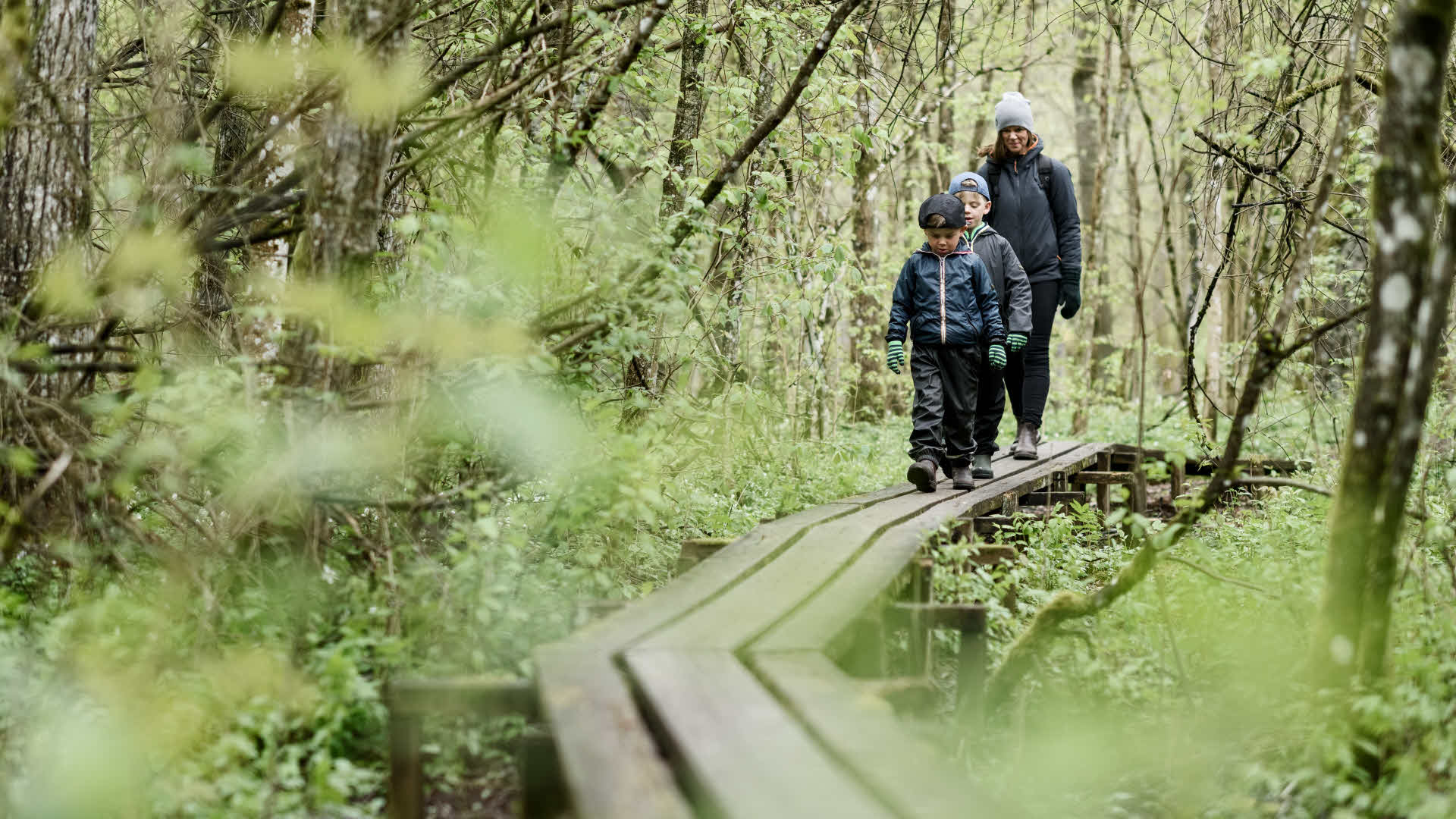
Nature reserve – common and strong form of protection
In Sweden and many other countries, establishing nature reserves is one of the most common ways of protecting valuable natural environments in the long term. Sweden’s nature reserves account for about 85 percent of all protected lands in total, supported by the Environmental Code.
A nature reserve often consists of natural environments and features which are connected, and may include, natural forests, watercourses and mires. In Sweden nature reserves are established by county administrative boards and municipalities, supported by the Environmental Code. The land may be privately or publicly owned.
Protected areas – why?
Long-term protection, according to the law, is essential in order to preserve the world's natural and cultural heritage and safeguard fundamental values such as clean water, clean air and unspoiled nature so that natural environments of particularly great value for animals, plants and people can be preserved. This is why nearly every country in the world is establishing national parks, nature reserves and other protected areas.
Both in Sweden and in an international context the most common form of protected areas are national parks and nature reserves. They are forms of long-term protection, which have stringent regulations that prevent exploitation.
Reasons for establishing nature reserves
In the Swedish Environmental Code, the following reasons for establishing nature reserves are given:
- to preserve biodiversity
- to conserve and preserve valuable, natural environments
- to meet the needs for outdoor recreation areas
- to protect, restore or recreate valuable, natural environments
- to protect, restore or recreate the natural habitats for valuable, endangered species
The preservation of biodiversity and conservation of valuable, natural environments are the most common reasons for establishing nature reserves.
Nature reserves in Sweden
There more than 5400 nature reserves in Sweden. These nature reserves form the largest proportion of protected nature in Sweden. The majority of nature reserves in Sweden, almost 85% by surface area, lie in the northern counties of Jämtland, Västerbotten and Norrbotten. Most of the alpine and sub-alpine nature reserves lie within these counties.
The initiative to protect an area in Sweden comes from the landowner or the county administrative board but can also come from municipalities, non-profit organisations or the public. The county administrative board consults with landowners and the dialog results in a proposal for decision about the nature reserve, which sets out aims, stipulations and a management plan. The state then hires an independent surveyor who calculates the market value depreciation which will result from converting the land into a reserve.
Follow the white star
Many national parks and nature reserves in Sweden are accessible to visitors. When a nature reserve is established, its boundaries are defined by posts with a white star against a blue background. Sweden's county administrative boards and municipalities are responsible for nature reserves. Join them on a guided tour, and keep a look-out for animals, take the trail out into the nature, climb up the lookout tower or make a fire by a cabin.
If you would like more information on how to get to the nature reserves and available facilities etc. – visit the county administrative boards' common website (information mainly in swedish):
Restrictions on activities in nature reserves
Each nature reserve is unique and therefore has their special rules and regulations designed to protect valuable natural and cultural features. Information signs (often also in english) with maps etc. are used to help you find your way and to provide information regarding restricted activities when visiting the nature reserves. For more information, contact the local municipality or county administrative board that established the reserve.
Map tool
The map tool serves as support for everyone who works with nature conservation issues or planning of land and water in Sweden. If you are interested in the outdoors, you can also enjoy the map tool.